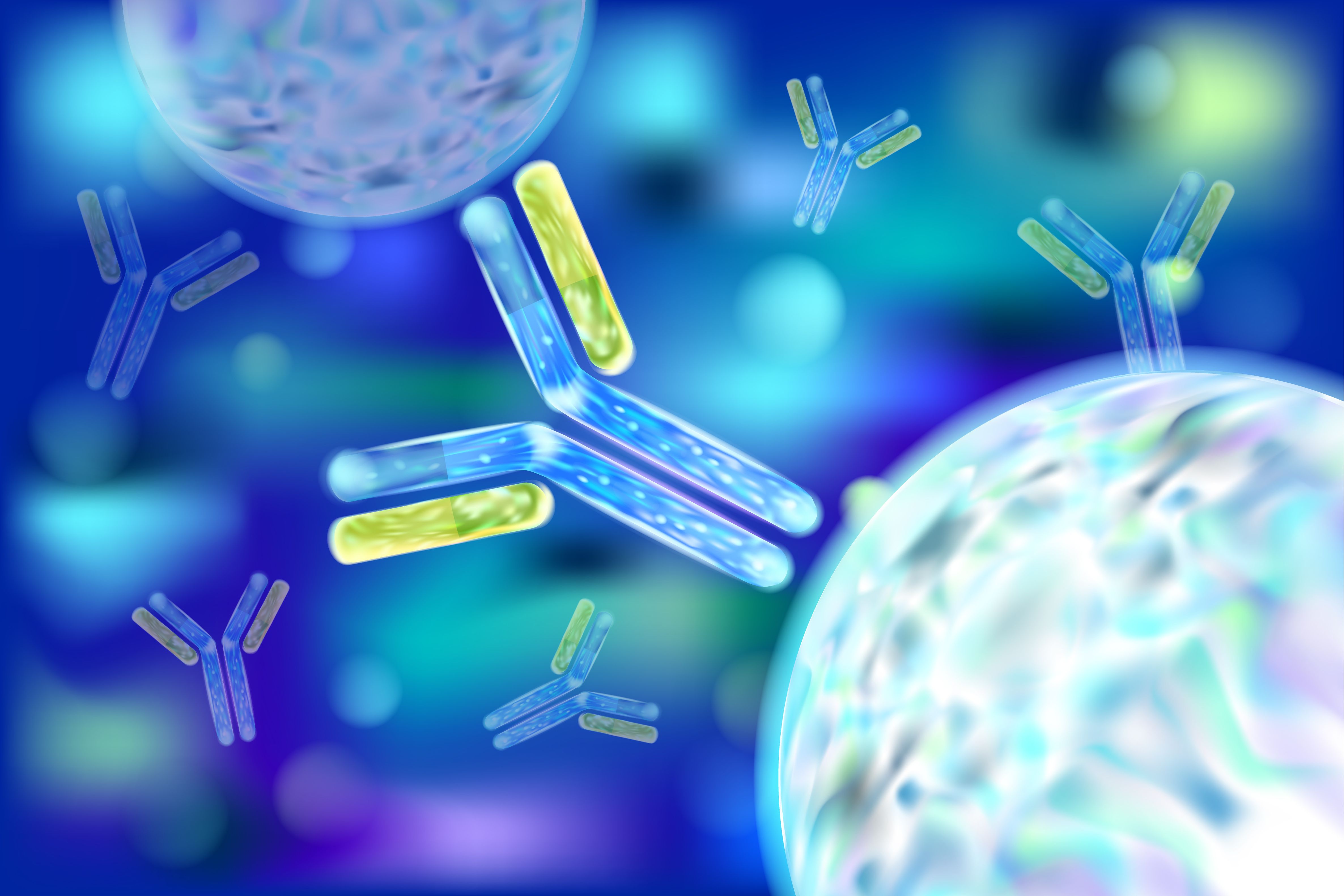Article
Novel Dual CAR T Cell Immunotherapy Could Help Target HIV Reservoir
Author(s):
Although antiretroviral therapy is an important option for patients with HIV, the viral reservoir has been a major obstacle for researchers looking to effectively cure the disease.
A recent study published in Nature Medicine details how relatively simple alterations in T cell engineering could lead to advancements in treating HIV with a novel immunotherapy.
The viral reservoir is a major hurdle to effective HIV treatment, although antiretroviral therapy (ART) can control the infection. Without ART, the reservoir allows the virus to quickly make copies of itself, ultimately leading to the development of AIDS, according to a press release on the study.
Chimeric antigen receptor (CAR) T cells, commonly used in cancer therapies, offer an immunotherapy option for patients with HIV. The cells allow the patient’s own T cells to express CARs, which re-program the T cells to recognize and eliminate specific infected cells. Although currently used to treat cancer, the therapy could potentially translate into HIV-infected cells, according to the study authors.
In the study, researchers collaborated to design a new CAR T cell specifically for HIV. The design needed to be able to target and quickly eliminate HIV-infected cells, survive and reproduce once in the body, and resist infection by HIV itself.
“By using a stepwise approach to solve each issue as it arose, we developed protected Dual CAR T cells, which provided a strong, long-lasting response against HIV-infection while being resistant to the virus itself,” said researcher Todd Allen, PhD, in a press release.
The new cell was created by engineering 2 CARs into a single T cell. Each CAR had a CD4 protein allowing it to target HIV-infected cells and a costimulatory domain, which signaled the cell to increase its immune functions. The first CAR stimulated cell proliferation, while the second increased its ability to kill infected cells.
Since HIV targets T cells, the investigators also added a protein designed to prevent HIV from attaching to and infecting the cell. The final CAR T cell was long-lived, replicated in response to HIV infection, killed infected cells effectively, and was partially resistant to HIV infection, according to the press release.
“The ability of these protected dual CAR T cells to reduce the HIV burden in a variety of tissues and cell types, including long-lived memory CD4-positive T cells, we believe supports the approach of using CAR T-cell therapy as a new tool to target the HIV reservoir toward a functional cure for HIV,” Allen concluded.
REFERENCE
Novel dual CAR T cell immunotherapy holds promise for targeting the HIV reservoir [news release]. Massachusetts General Hospital; August 31, 2020. https://www.massgeneral.org/news/press-release/Novel-dual-car-t-cell-immunotherapy-holds-promise-for-targeting-the-hiv-reservoir. Accessed September 9, 2020.






